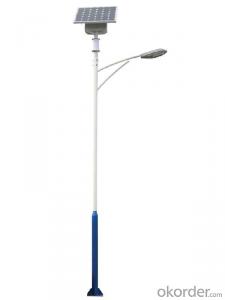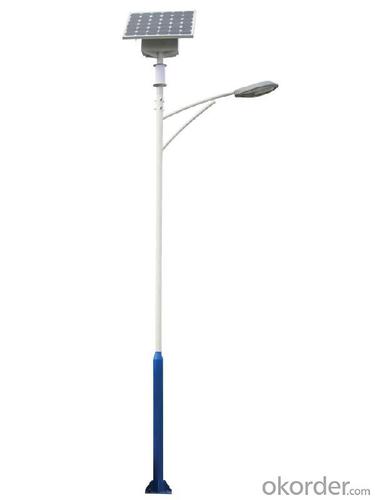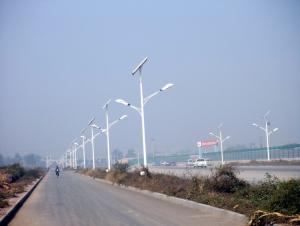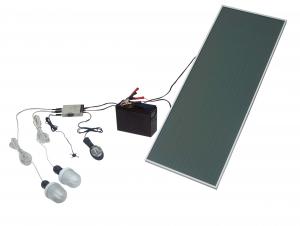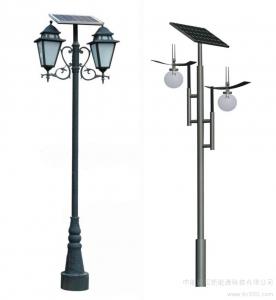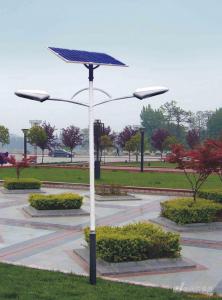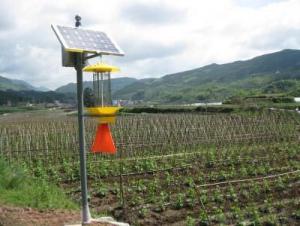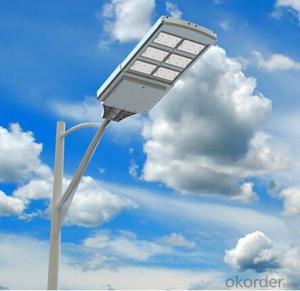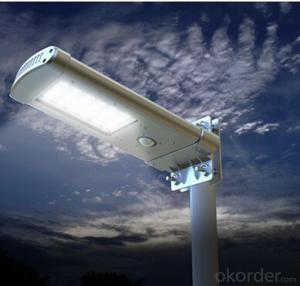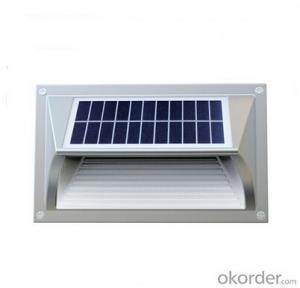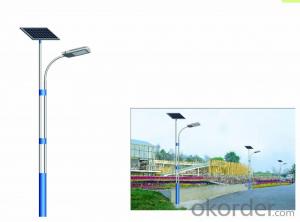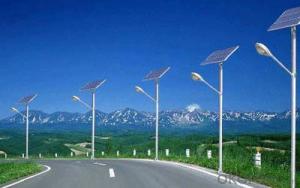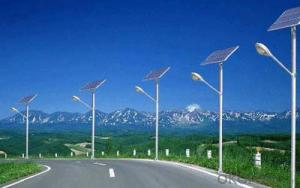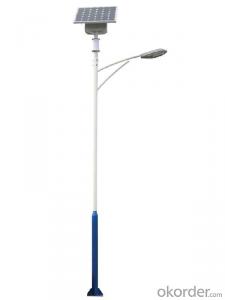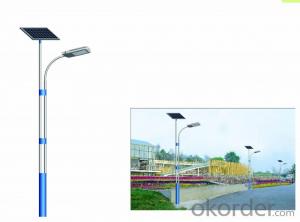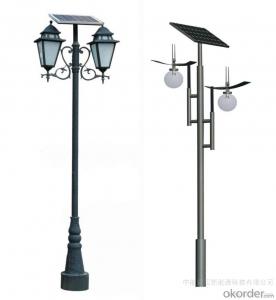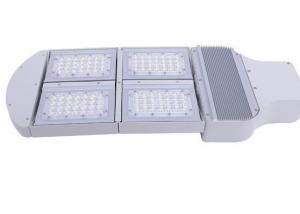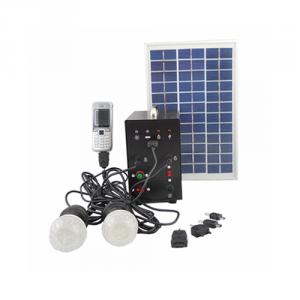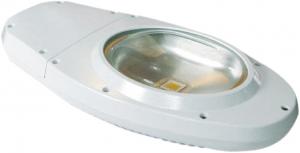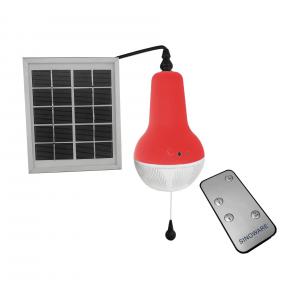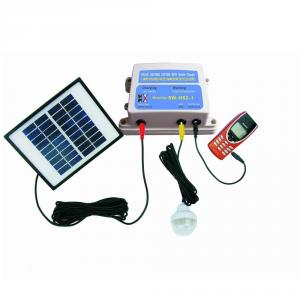Alpan Solar Light - Off Grid New Energy Solar Product 027ze
- Loading Port:
- Shanghai
- Payment Terms:
- TT OR LC
- Min Order Qty:
- 1 watt
- Supply Capability:
- 5000 watt/month
OKorder Service Pledge
OKorder Financial Service
You Might Also Like
1, Product desciption
Inverter circuits designed to produce a variable output voltage range are often used within motor speed controllers.
The DC power for the inverter section can be derived from a normal AC wall outlet or some other source. Control and feedback circuitry is used to adjust the final output of the inverter section which will ultimately determine the speed of the motor operating under its mechanical load.
Motor speed control needs are numerous and include things like: industrial motor driven equipment, electric vehicles, rail transport systems, and power tools. (See related: variable-frequency drive ) Switching states are developed for positive, negative and zero voltages as per the patterns given in the switching Table.
The generated gate pulses are given to each switch in accordance with the developed pattern and thus the output is obtained.
Solar power is energy from the sun. "Solar" is the Latin word for "sun" and
And Powerful source of energy. Without it, there will be no life.
Solar energy is considered as a serious source of energy for many years
of the vast amounts of energy that is made freely available, if harnessed by modern technology.
A magnifying glass can be used to heat up a small amount of water.
The short piece of copper tube is sealed at one end and filled with water.
And magnifying glass is then used to warm up the pipe.
Using more than one magnifying glass will increase the temperature more rapidly.
2, Features of the product
Inverters convert low frequency main AC power to higher frequency for use in induction heating.
To do this, AC power is first rectified to provide DC power. The inverter then changes the DC power to high frequency AC power. Due to the reduction in the number of DC Sources employed, the structure becomes more reliable and the output voltage has higher resolution due to an increase in the number of steps so that the reference sinusoidal voltage can be better achieved.
This configuration has recently become very popular in AC power supply and adjustable speed drive applications. This new inverter can avoid extra clamping diodes or voltage balancing capacitors. There are three kinds of level shifted modulation techniques, namely: 1,High and stable conversion efficienly based on over 4 years professional experience
2 ,High reliability with guaranteed +/-10% output power tolerance
3,Proven materials,tempered front glass,and a sturdy anodized aluminum frame allow modules to operate reliably in multiple mountily configurations
4,Combination of high efficicncy and attractive appearance
The first thing to figure out is the length of road in need of street lights.
This can be a small entrance road only a couple hundred of feet long to miles of streets through an area. Does the area currently have any type of lighting available.
What is the reason for needing street lights in this area
Is the electrical grid already nearby or would you need to call in the power company to bring in electrical lines.
If the electric needs to be brought to the area, how much is this going to cost? Depending on how far the grid electric is from the location of the needed lighting, this can be quite expensive.
How much lighting is needed on the street? Do the lights need to be dark sky compliant.
Do the street lights need to run from dusk to dawn or for only a specified number of hours at night.
Are the street lights able to dim in the middle of the night and still provide enough lighting.
These questions need to be answered before you can decide on how many lights you will need to complete the project.
Grid-tie inverters that are available on the market today use a number of different technologies. The inverters may use the newer high-frequency transformers, conventional low-frequency transformers, or no transformer. Instead of converting direct current directly to 120 or 240 volts AC, high-frequency transformers employ a computerized multi-step process that involves converting the power to high-frequency AC and then back to DC and then to the final AC output voltage.
Historically, there have been concerns about having transformerless electrical systems feed into the public utility grid. The concerns stem from the fact that there is a lack of galvanic isolation between the DC and AC circuits, which could allow the passage of dangerous DC faults to be transmitted to the AC side. Since 2005, the NFPA's NEC allows transformerless (or non-galvanically) inverters. The VDE 0126-1-1 and IEC 6210 also have been amended to allow and define the safety mechanisms needed for such systems. Primarily, residual or ground current detection is used to detect possible fault conditions. Also isolation tests are performed to insure DC to AC separation.
Many solar inverters are designed to be connected to a utility grid, and will not operate when they do not detect the presence of the grid. They contain special circuitry to precisely match the voltage and frequency of the grid.
A charge controller may be used to power DC equipment with solar panels. The charge controller provides a regulated DC output and stores excess energy in a battery as well as monitoring the battery voltage to prevent under/over charging. More expensive units will also perform maximum power point tracking. An inverter can be connected to the output of a charge controller to drive AC loads.
3, Detailed Specification
Data Sheet of High Quality Solar Controller Tracer-1210RN
ModelTracer-1210RN
Rated system voltage12/24V auto work
Rated battery current10A
Rated load current10A
Max.battery voltage32V
Max.PV open circuit voltage100VDC
Max.PV input power12V 130W;24V 260W
Self-consumption<10ma(24v)< span="">
Charge Circuit Voltage<=0.26v< span="">
Discharge Circuit Voltage Drop<=0.15v< span="">
CommunicationTTL232/8 pin RJ45
Temp/compensation-30mV/℃/12V(25℃)
Working temperature-35℃~+55℃
Storage temperature range-35℃~+55℃
4, Product Image
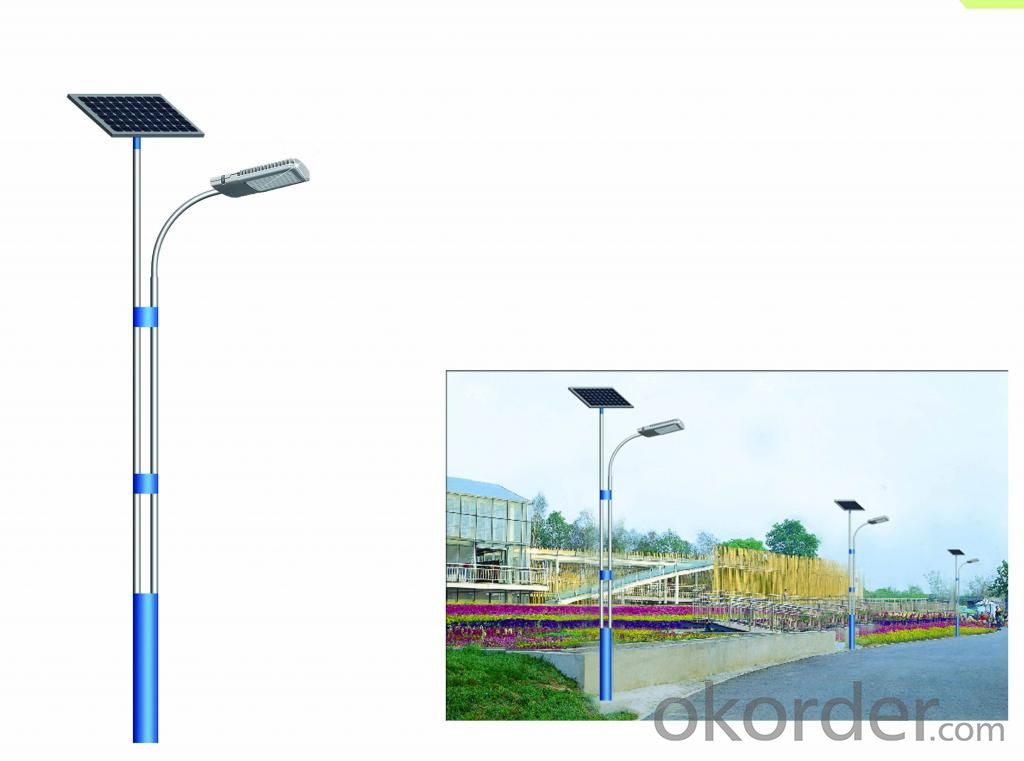
- Q: Are solar lights suitable for parking garages or underground facilities?
- Yes, solar lights can be suitable for parking garages or underground facilities. Solar lights are a viable option for these areas as they are independent of the power grid and do not require complex wiring or electrical connections. They can effectively provide lighting in these spaces, enhancing safety and visibility while also reducing energy costs. Additionally, solar lights are easy to install and low maintenance, making them a practical choice for parking garages or underground facilities.
- Q: Are there solar lights for swimming pools?
- Yes, there are solar lights specifically designed for swimming pools. These lights are powered by solar energy and can be easily installed in or around the pool area to provide illumination during the night. They are a cost-effective and environmentally friendly option for pool lighting.
- Q: Are solar lights suitable for use in public restrooms or facilities?
- Yes, solar lights are suitable for use in public restrooms or facilities. They are an environmentally-friendly and cost-effective lighting solution that can provide sufficient illumination in these spaces, reducing energy consumption and electricity costs. Additionally, solar lights can be easily installed and require minimal maintenance, making them a practical choice for public restrooms or facilities.
- Q: Are there solar lights with built-in timers?
- Yes, there are solar lights available in the market with built-in timers. These solar lights are designed to automatically turn on and off at specific times, using the built-in timer function. This feature allows you to customize and control the lighting schedule according to your preferences and the specific needs of your outdoor space. Some solar lights may offer different timer options, such as setting them to turn on at dusk and automatically turn off after a certain number of hours, or having them turn on and off at specific times of the day. The built-in timer function adds convenience and energy efficiency to solar lighting, making it a popular choice for outdoor lighting solutions.
- Q: Do solar lights have adjustable sensitivity settings for motion detection?
- Indeed, numerous solar lights come equipped with adjustable sensitivity settings for motion detection. By utilizing these settings, users are able to personalize both the range and sensitivity of the motion sensor. This grants them the ability to regulate the light's activation and the distance it can detect motion. This characteristic proves advantageous as it aids in conserving energy by avoiding unnecessary activation of the light due to minor movements. Moreover, adjustable sensitivity settings enable users to optimize the security and safety features of their solar lights by ensuring they are solely triggered by substantial motion events.
- Q: How do solar lights save energy?
- Solar lights save energy by utilizing the sun's energy to generate electricity. They have solar panels that convert sunlight into electrical energy, which is stored in batteries for later use. This eliminates the need for traditional energy sources, such as electricity from the grid, thus reducing energy consumption and reliance on non-renewable resources.
- Q: Can solar lights be used as garden ornaments?
- Yes, solar lights can definitely be used as garden ornaments. In fact, they are a popular choice for adding a decorative touch to outdoor spaces. Solar lights come in various designs and styles, including lanterns, string lights, stake lights, and even animal-shaped lights. Not only do they provide illumination in the evening, but they also create a charming and enchanting atmosphere in the garden. With their ability to harness sunlight during the day and emit a soft glow at night, solar lights can enhance the overall aesthetic appeal of a garden, making them an excellent choice as garden ornaments.
- Q: Can solar lights be used for outdoor restaurant or patio lighting?
- Yes, solar lights can definitely be used for outdoor restaurant or patio lighting. They are a great eco-friendly and cost-effective option for providing illumination in outdoor spaces. Solar lights harness the power of the sun to charge their batteries during the day and automatically turn on at night, providing ambient lighting for a restaurant or patio. They are easy to install, require minimal maintenance, and can be positioned in various areas to enhance the ambiance and create a welcoming atmosphere for customers.
- Q: How long does it take for solar lights to charge?
- The time it takes for solar lights to charge can vary depending on several factors. On average, it typically takes around 6 to 8 hours of direct sunlight for solar lights to fully charge. However, this can be influenced by the weather conditions, the wattage of the solar panel, and the capacity of the battery in the lights. In areas with less sunlight or during cloudy days, it may take longer for the solar lights to charge. Additionally, it is important to note that the initial charge of solar lights may take longer, usually around 2 to 3 days, to fully charge the battery. Overall, it is recommended to place the solar lights in a location that receives ample sunlight throughout the day to ensure optimal charging.
- Q: What is the recommended placement for solar lights?
- The recommended placement for solar lights is in areas that receive direct sunlight for a significant portion of the day, such as in open spaces, pathways, or near entrances where they can absorb maximum solar energy and provide optimal illumination.
Send your message to us
Alpan Solar Light - Off Grid New Energy Solar Product 027ze
- Loading Port:
- Shanghai
- Payment Terms:
- TT OR LC
- Min Order Qty:
- 1 watt
- Supply Capability:
- 5000 watt/month
OKorder Service Pledge
OKorder Financial Service
Similar products
Hot products
Hot Searches
Related keywords
